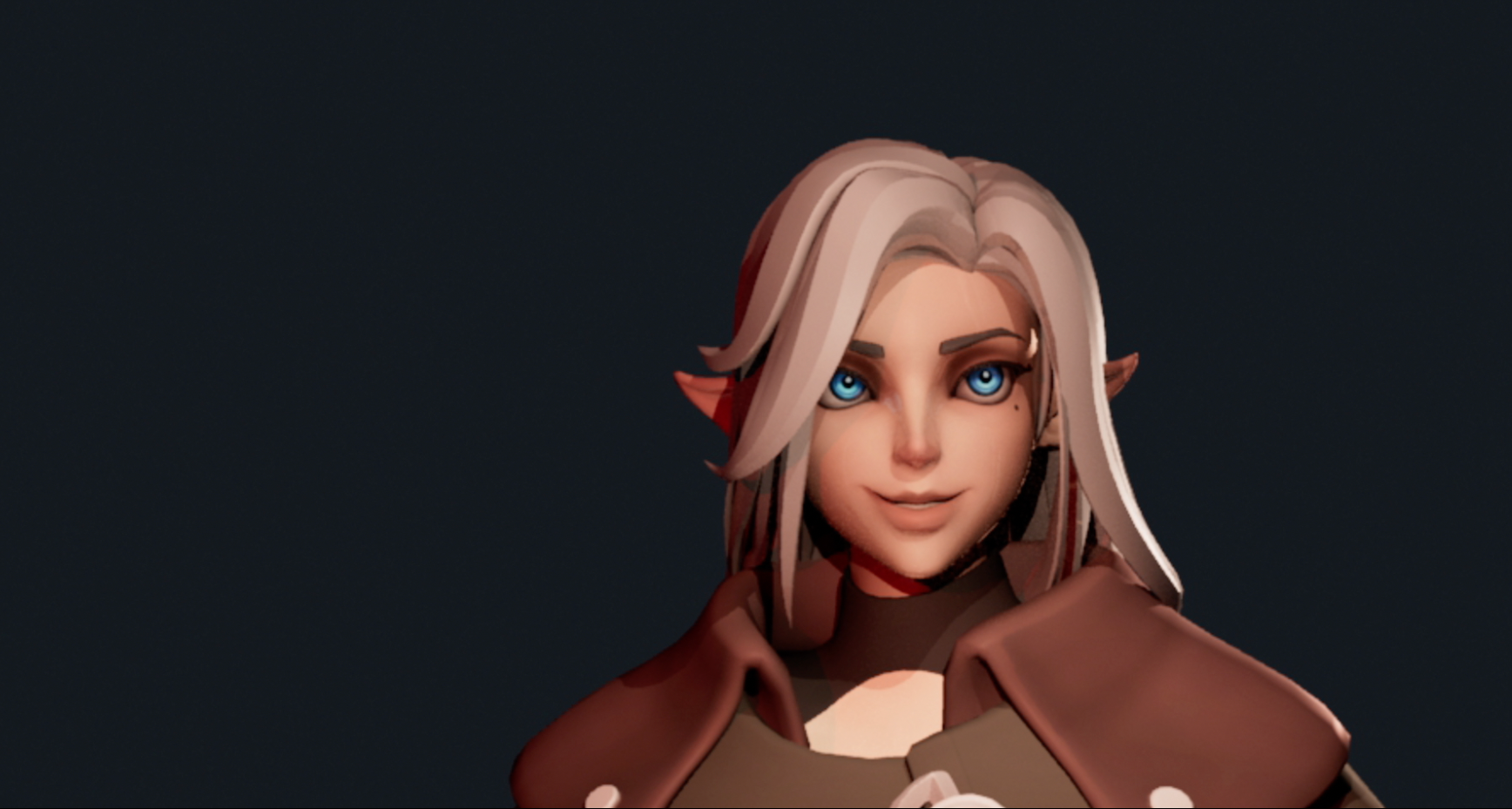For all my animations, I tried to be “in concert of” (Lango) references – but not to copy frame by frame. Based on my research, I plan to echo a real industry animation brief, of which a new action and story is often what’s taking place, not an exact retrace of something already done. Below is my animation development, including references and the inspiration they had on my work as I developed.
The Animator’s Survival Kit is a renowned classic guide to animation principles which specifically establishes a lot about the classic walk cycle (and, therefore, animation as a whole) – see more research here. I really wanted to get behind this and understand Williams’ walk cycle in order to allow me to deviate and create a wider variety of work down the line, so I used the classic walk cycle layout in my Maya scene as a guide. I had previously done a walk cycle for the Berkeley class, so this was a chance for me to develop what I had done there further further. My main issue with that walk cycle was the snapping in the knees as a result of the contact pose happening too fast, so I knew I had to watch for this in this new one.


I also looked at (and analysed on Syncsketch) this reference from as well as several videos I took of myself walking.
Development
Below is my first pass using the Richard Williams walk cycle as my initial reference.
Niall Doherty had advised me on at this stage was that the feet should not slide – he stressed that this is a common student mistake, and I can see why it’s wrong looking at my own reference. If you were on a treadmill – which Azri effectively is here, the time your foot is flat would be very limited. I reduced this further in following passes.

Alec had also advised during our class exercises to use the tween machine plugin, which I downloaded on my Mac and started using across all my animations. This created more interest and dynamic timing because I was able to set keys closer or further from the previous – I used this for the arms to create a nice follow-through as she comes up and down. This also came in very handy on the body mechanics animation (as well as the run) for setting the timing for the key poses I had mapped out.
Character/Personality
I knew that I wanted to add a sense of character, so I played with facial expressions here, making Azri nod and turn her head as if she was walking down a corridor full of fellow soldiers/warriors saluting her. I took inspiration from this scene from The Clone Wars.


Creating expression with Azri
I have posted a close up of the facial expressions on SyncSketch.


At this stage, I thought it would be a good detail to add left and right rotations in the torso/upper body according to Dick Williams’ advice on transitional in-betweens and walk cycles. This resulted in a stronger C/S curve in the body/waist and overall added more intrigue and appeal to my walk cycle. I noticed the first time I did this that it was going too far, and knew based on my research that this was obvious due to an imbalance of weight (in concert of Ari’s character design) so therefore rotated the chest to counter it. This still suggests the rotation, yet creates a confident strut that fits the character/personality I was aiming for for Azri here. See the render of my polish on Syncsketch.


I also applied Chris Carter’s feedback here about making sure the curves had succinct flow and removing any unnecessary keys (for example one that is just a little bit off). Smooth curves should fade-in/fade-out or vice-verse and this should be strong enough in itself to create a fluid motion.

I also experimented with adding a wave for when she looks right/tilts her head. This was difficult because the walk was on an infinite cycle, which mean altering the keys in the arms caused a bit of chaos, but I solved this by copy and pasting those keys in the correct positions then altering one of them. I have uploaded the walk with wave on Syncsketch as well.
Overall I was pleased with my walk. I think she has a good, confident strut and also feels kind and fulfils the subtle story idea I had. Next time, I would like to try pushing for arcs in my joints even further from the get-go to create a more fluid and motion.
References
Williams, R. (2001). The Animator’s Survival Kit. London: Faber And Faber.
Thomas, F. and Johnston, O. (1995). The Illusion of Life. Disney Editions Deluxe.
The Clone Wars: The Final Season. (2020). [Animation] San Fransisco, California: Disney, Lucasfilm Ltd.
Clone Wars Scene
www.youtube.com. (2020). Ahsoka Meets The 332nd & Coruscant Is Under Attack [1080p]. [online] Available at: https://www.youtube.com/watch?v=g-NU3DV18rE&t=85s [Accessed 5 Jan. 2023].
Tween Machine
Justin S Barrett. (2013). tweenMachine. [online] Available at: https://justinsbarrett.com/tweenmachine/.
